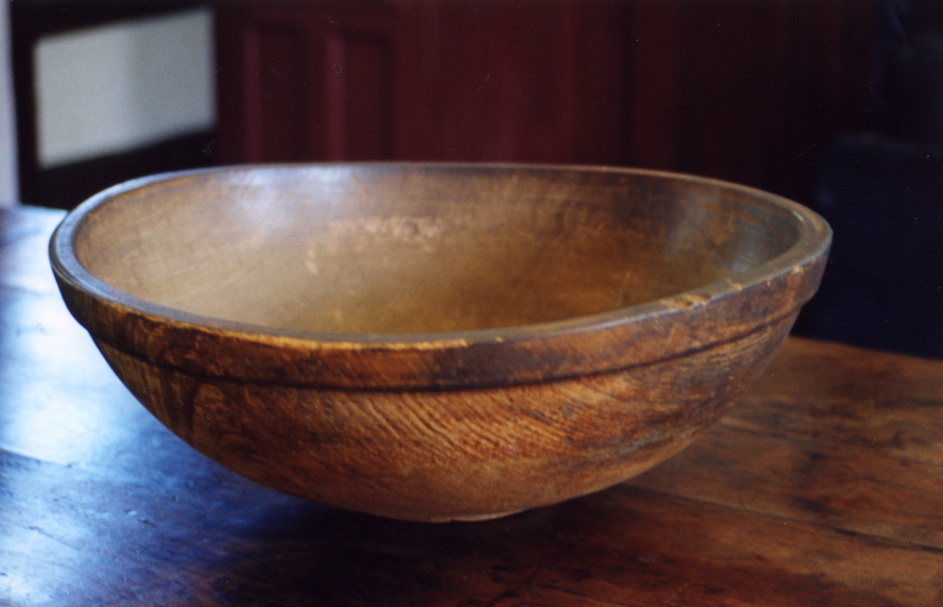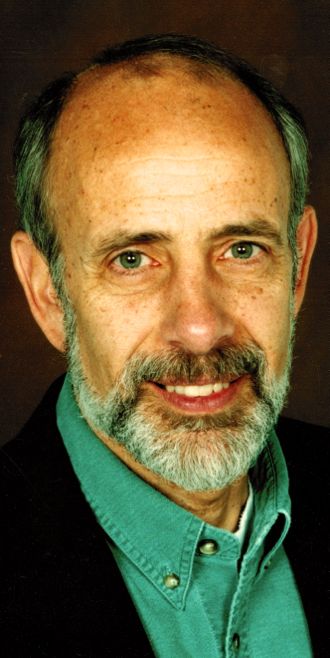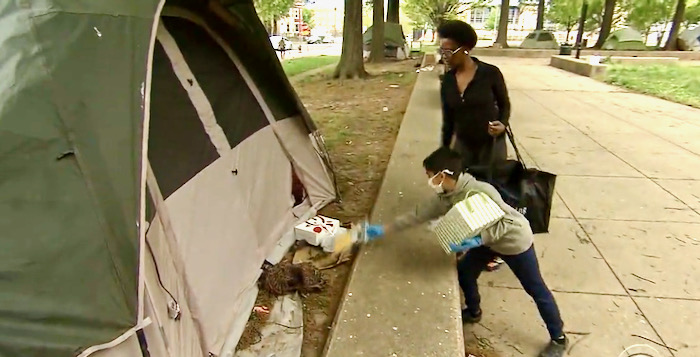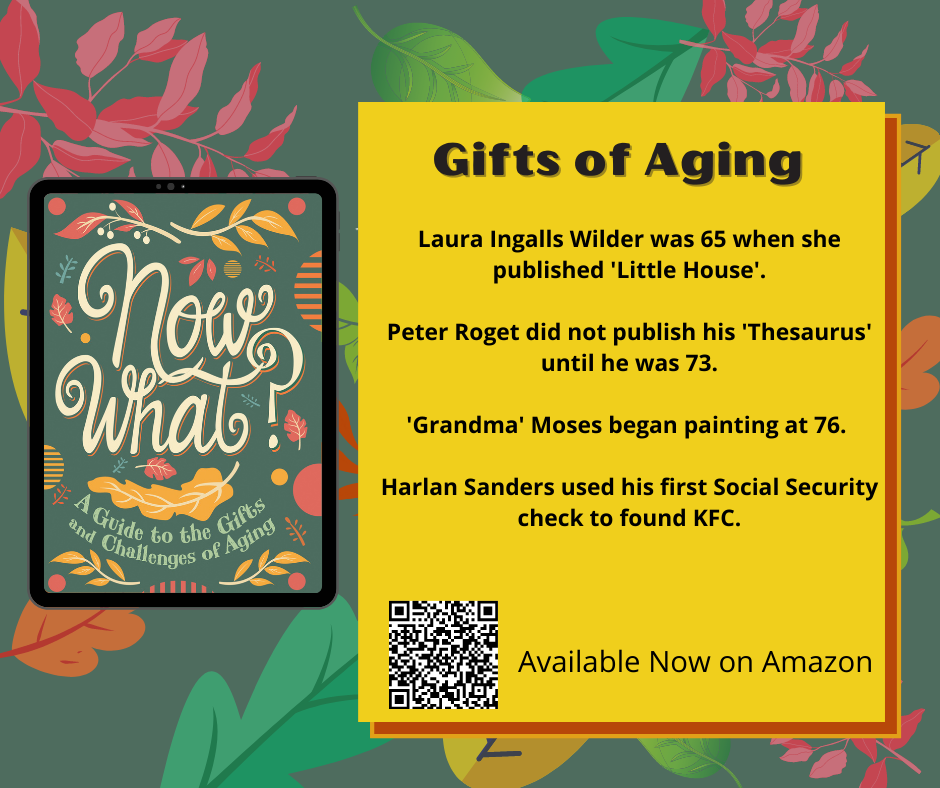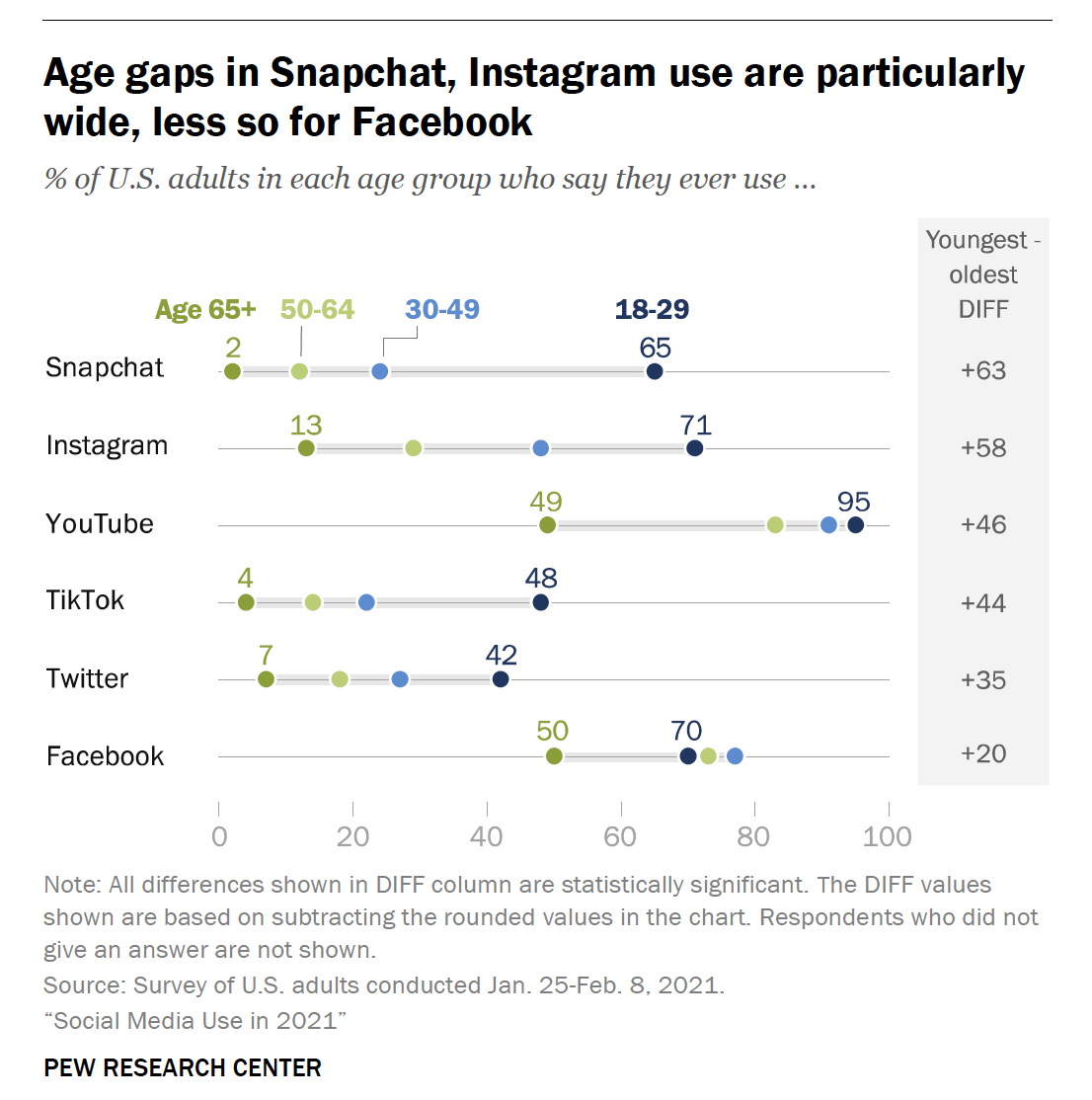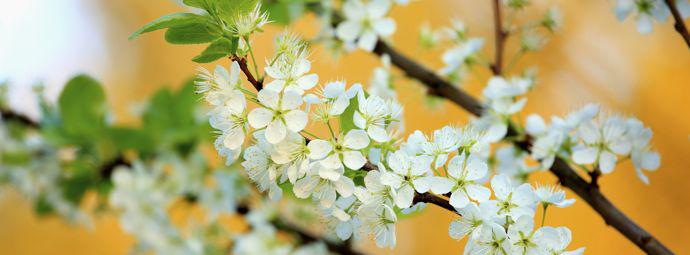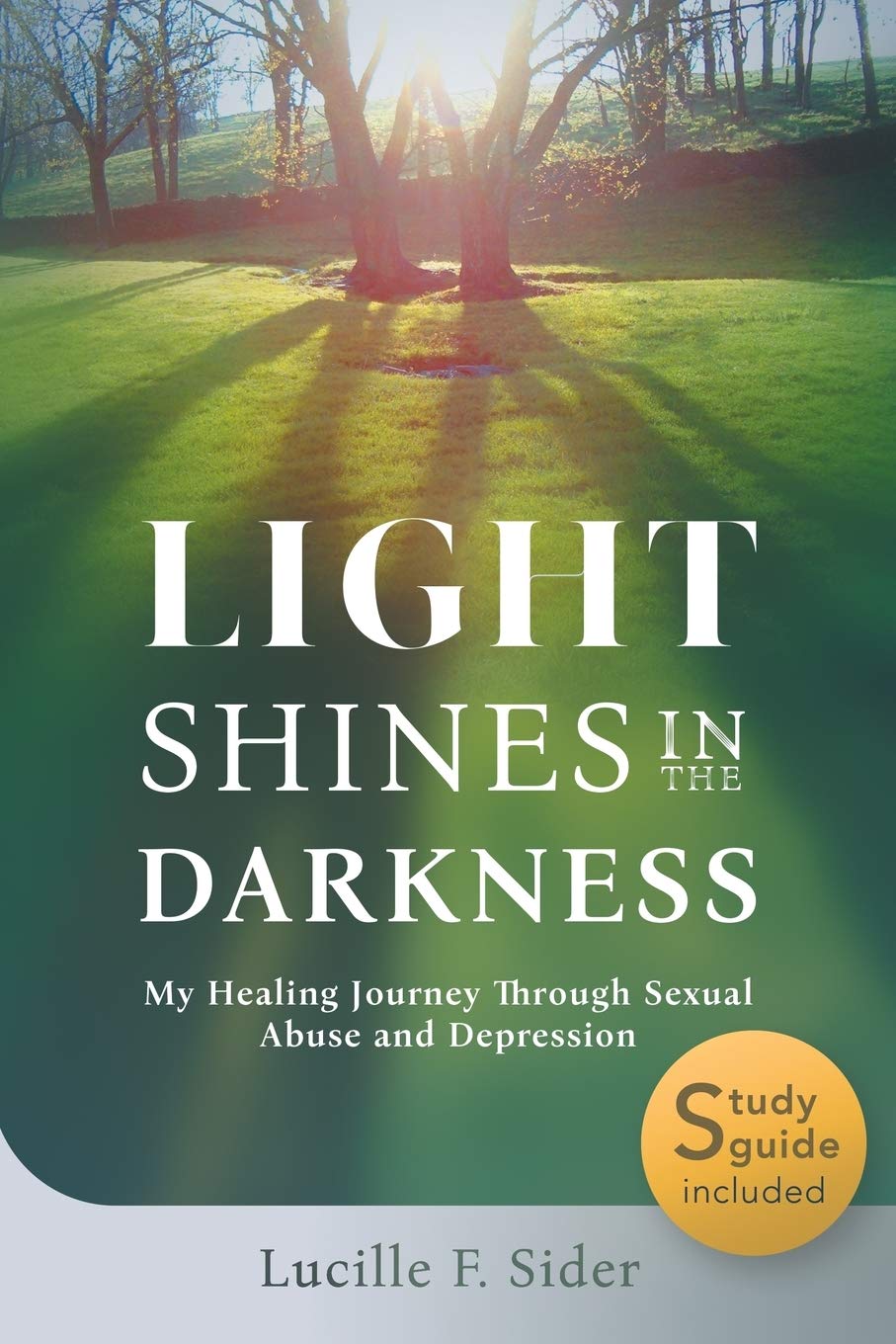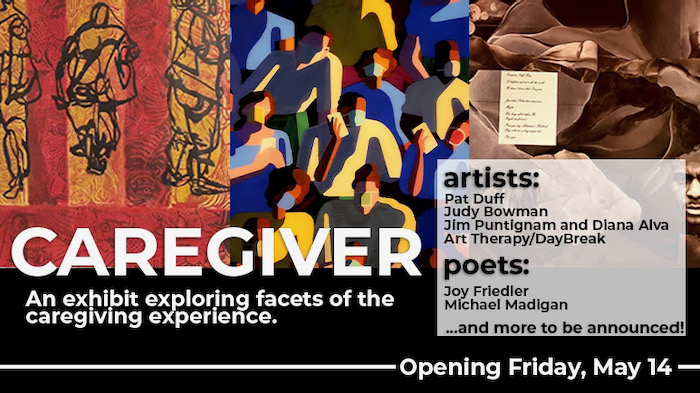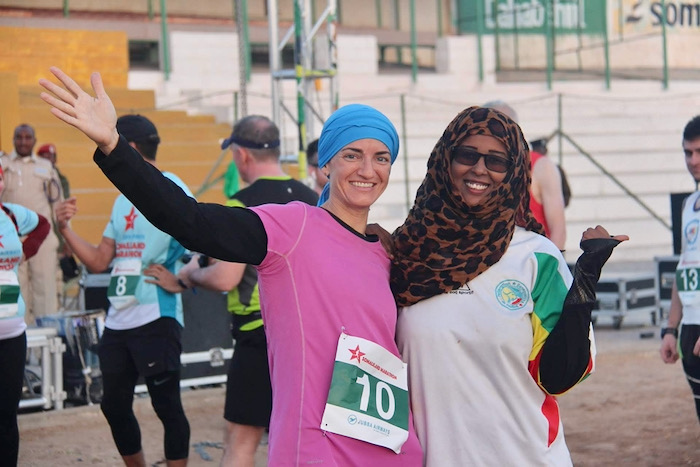
Rachel Pieh Jones in pink at the start of the inaugural Somaliland Marathon in which she placed second with the first Somali woman to attempt a marathon on her national soil.
EDITOR’s NOTE: Along with our ReadTheSpirit cover story about Rachel Pieh Jones’s 2021 book, Pillars, she gave us permission to reprint this caregiving column she wrote based on her own challenges with cancer.
.
By RACHEL PIEH JONES
Author of Pillars
What to get the person in your life with everything, even tumors—a cancer gift guide.
Comfort and Warmth
Socks. Seriously. Socks. I got wool socks and slippery fuzzy socks and “If You Can Read This Bring Me Coffee” socks. And my feet would have been so cold otherwise. But now they are both warm and funny. Before that, I only had running socks, not great for the hospital or Minnesota winter.
Softest blanket in the world. Softest anything in the world. Don’t worry about color or style. One of my best friends sent me a red and white blanket and what I see when I snuggle up with it (literally every time I sleep or sit ever since surgery), I only see her, our friendship, and her care for me. Of course the color is beautiful because she is awesome and has good taste.
Cute and comfortable clothes that fit around their particular cancer. Shirts or sweaters with low, open necks for head or neck cancers, that easily pull over their heads or are button up so they don’t have to pull them on at all.
Slouchy pants. For the hospital, for after, for looking relaxed but stylish, with pants that are easy to pull on and off if they are in pain, exhausted, or need to get them off right.now!
Ice packs or heating pads. These might be for the wound, if surgery. For the burning sensation after radiation, or for snuggling with during the wild roller coaster rides of hot flashes and chills.
Soul Food
Soup. Chicken noodle, chicken wild rice, tomato, black bean, tortilla soup…soup. Warm, easy to swallow, healthy, delicious. Homemade or from a restaurant or the deli section of a grocery store.
Chocolate. Any and all.
Mints. Something to suck on during waiting room periods or after bad tasting treatments or to counter the grossness of medicines.
Gift card to Trader Joe’s or Whole Foods. Some kinds of chemo or radiation (or my treatment: RAI radioactive iodine) can affect taste buds. Either by burning them, swelling them, or just changing them. I threw out a cup of coffee one day because it tasted like burned metal. Made a second cup, from the same beans, and it tasted great. Weird. So a gift card enables the patient to get what might taste right that day to their weird taste buds.
Beauty and Humanity
Pedicure or manicure. Also, pretty nail polish, again a gift idea for people like me, who don’t have a lot of disposable cash. Or, ask if you can give them a pedicure or manicure yourself.
Do their makeup, or hold up a mirror so they can do it. Especially if they are in the hospital for a few days. The first day I put on makeup (and I am an extreme minimalist in terms of beauty products), I felt my morale swing upwards.
Lotion. Skin dries out from treatments, cold, surgery.
Essential oils. My doctor even had some for me to put on my surgical gown. Hospitals and sick rooms smell gross. This can really pick up the mood.
Cute headbands, scarves or hats. Even if they haven’t lost their hair, or won’t, they might be cold if they’re in the hospital for a while, or just want to feel pretty while their face is puffy and their scars heal. There are a lot of cute ones out there.
Hair appointment. Depending, this one is sensitive, I know, so check in on how they are feeling and doing with their hair. My kind of cancer and treatment (most likely) does not affect hair. Maybe a hair cut or color, maybe just a fun up-do.
Time out together, or in their home or hospital room when you don’t talk about cancer. I’m so thankful that I got to participate in my soon-to-be new sister-in-law’s wedding dress appointment and cake tasting. I was exhausted and have foggy memories of these events as they were three days post-surgery, but I’m so glad I could participate and feel human and also celebrate and focus on someone else for a while (she’s awesome, way to go, Kevin!). A friend had to drive me to these events, and wait for me, and drive me back. What service and practical love that showed me.
Entertainment
Movies—even a list of suggested titles, no need to spend a lot of money. Chemo brain fog or post surgery exhaustion makes it hard to make decisions or even remember things, like what we were watching before.
Puzzles. I do puzzles as mindless, relaxing therapy. In fact, I wrote about just this thing for The New York Times. A friend sat with me, three days post-surgery, and we did a hot air balloon puzzle as long as I could stay sitting up. We talked and I felt like I wasn’t utterly boring to her, and also that I had been mildly productive.
Books. Audio or print or digital.
Or gift cards for these things.
Stress Relief
Tea. Chamomile, turmeric, lemon ginger, apple cinnamon, vanilla…
Sleep mask.
Massage. A gift card or just give them one when you visit. Again, this isn’t about big money. You’re visiting, that’s awesome. Rub their feet or their hands or their shoulders. Post-surgery, my upper back ached like crazy, from the position my head had been in during surgery.
Coffee mug with an appropriately funny message. I put this under stress relief because—it relieves stress. My sister sent me my own “Cancer Sucks” mug and when I drink from it, it gives me a little reminder that yeah, this is hard. Coffee (or tea or hot chocolate) is also delicious. It tells me to enjoy the deliciousness in the midst of the sucky thing. In other words, to fight for joy and to be thankful.
Something for their spouse and children. Babysitting, date night, something fun and not cancer related, a chance to be a kid or a man or a woman.
.
And, I hope that whoever in your life has cancer will feel blessed, held, comforted, provided for, and loved. And that, you, the caregiver and loved one also feel blessed, held, comforted, provided for, and loved.
.
(This column originally appeared in Rachel Pieh Jones’s website and was republished here with her permission.)
